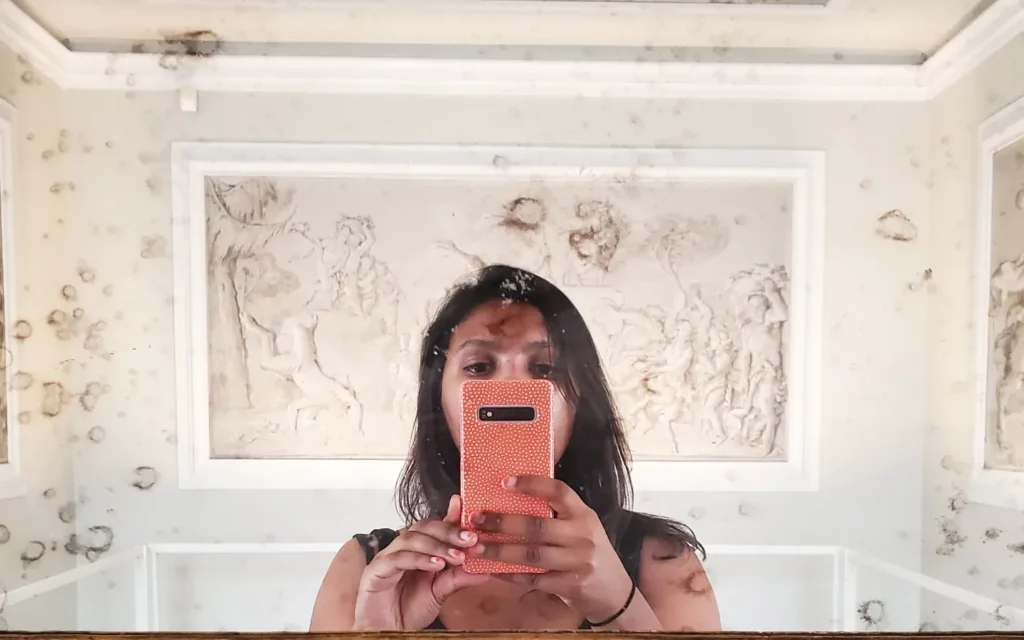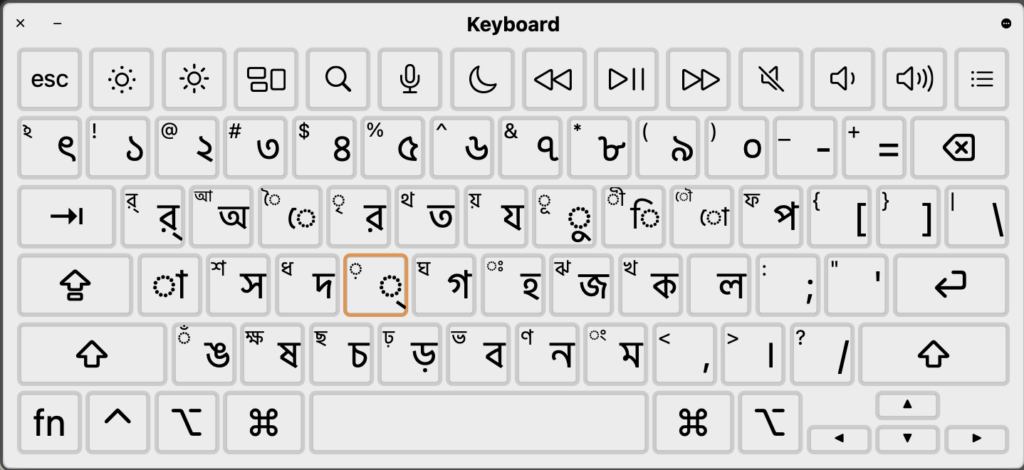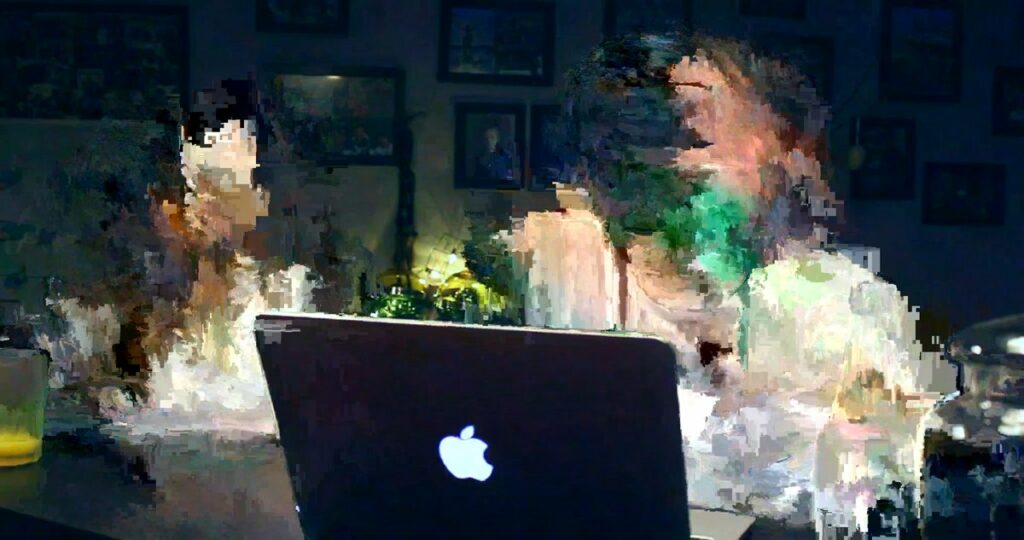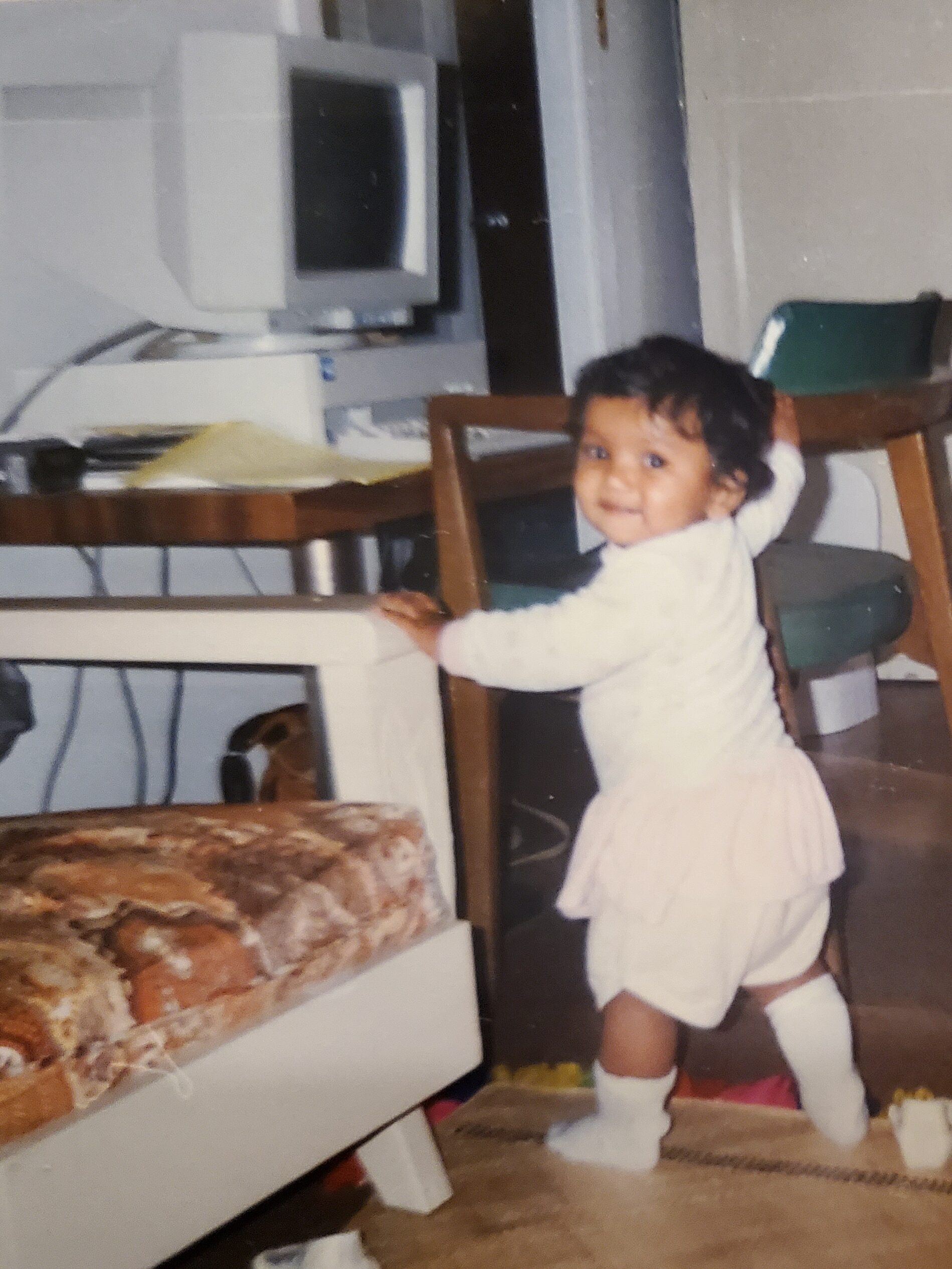
Anushah Hossain
HISTORIAN OF THE INTERNET


I am a historian and ethnographer of the internet. I study the standards, people, and values that constitute this vast infrastructure that we have come to use everyday.
I am particularly interested in understanding how experiences of the internet vary across space. How do the technologies and ideologies churned out in Silicon Valley translate to other locales, and vice versa? In what ways is it fair to call this a global system, and in what ways does it fall short?
RESEARCH
My latest project takes on these questions in the case of language digitization. My monograph presents a history of the multilingual internet via the study of the Unicode Standard, a widely-adopted technical standard that tells computers how to store and transmit text in the writing system of any language.
The Unicode Standard, and the technologies that rely upon it, is particularly interesting to study because it brings together a diverse histories and forms of expertise, from computing and typography, to language change and language policy, and lets us see how these different frames can be integrated into a single universal set of rules.
In my work, I tell the story of a single letter of the Bangla script (ৎ, or khanda ta) that became notoriously difficult to encode in Unicode, because of conflicting understandings of how digital standards worked and how Indic scripts were structured.
I argue that by tracking the Standard’s release and reception through the turn of the millennium, we can glimpse how the technology sector itself was evolving during this time, being challenged by and seriously grappling with the needs of users from the Global South for the first time.
My case study shows how South Asian user activism eventually managed to change the values that were embedded in the “universal” tech standards and better suit them to diverse language groups – highlighting that such standards were in fact produced by a transnational set of actors (rather than born out of Silicon Valley genius alone).
If you’re interested in learning more, you can read a sample from my monograph here.
I’ve also written histories of open source software communities,1check out a field report and summary video published reflections on digital archives and virtual communities,2read part 1 and part 2 and collaborated with computer scientists to measure the prevalence and ethics of error messages and web blocking.3here’s a poster and paper on the topic
TEACHING & MENTORSHIP
I’ve relished opportunities to mentor and teach thus far in my career. For years, I worked as a consultant at UC Berkeley’s D-Lab, helping students, staff, and faculty across the university design their social science research projects and learn to use software tools.
I’ve designed classes on qualitative methods and the history and politics of the internet. My teaching style emphasizes active participation and critical thinking – I tend towards assigning less work at home but expecting more in the classroom.
I care deeply about cultivating community wherever I am. This can show up in many ways, but one legible example is the student blog I designed and ran for my graduate department during my degree.
BACKGROUND
I completed my PhD at the Energy and Resources Group, a wonderful and strange interdisciplinary department at UC Berkeley.4Read a brief history I wrote for student orientation here and an updated reflection on it by one of my advisors Professor Cathy Koshland here I earned bachelors degrees in History and Economics before that from the same institution. I’ve now hopped across the bay to Stanford University, where I am currently a postdoctoral fellow at the Digital Civil Society Lab.
Outside of school, I enjoy making art,5graphic design is my ~passion~ learning about typography,6preview or download my late grandfather’s handwriting continuously redecorating my home, and singing duets with my in-house pianist.
LINKS
CV, Stanford profile, contact.

Header images: Ca’ Rezzonico; glitch art by David Kraftsow/youtubeartifact; Apple virtual Bangla keyboard